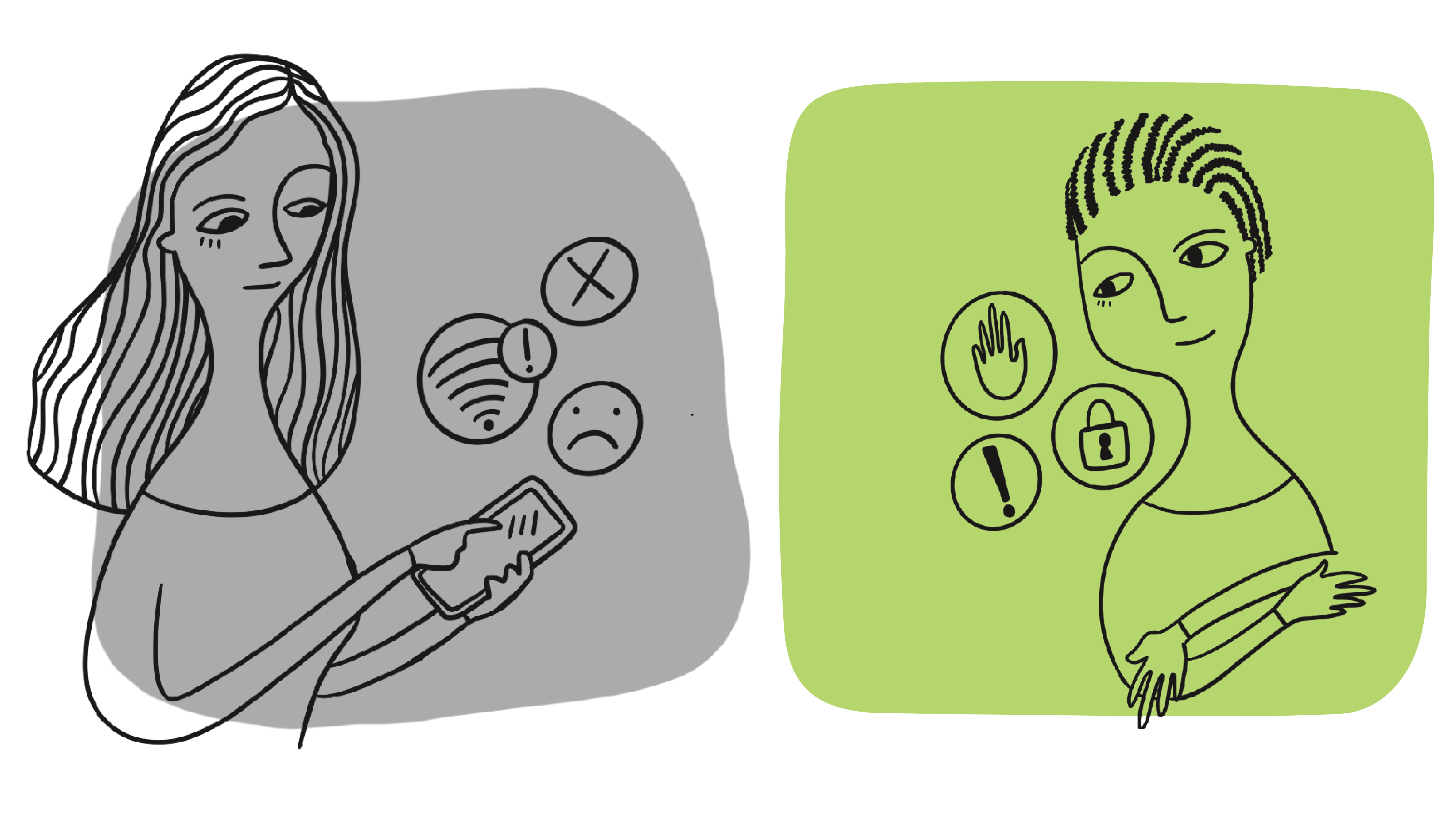A global digital gender divide is keeping hundreds of millions of women and girls from fully participating and contributing online. Research Manager for Gender and Digital Rights Chenai Chair shares insights from her research on digital gender inequality, including findings from our latest report: Women’s Rights Online: Closing the Digital Gender Gap for a more equal world.
Why is this research an important area of work for the Web Foundation?
We’re working to realise the vision that Sir Tim Berners-Lee had right from the beginning — we need a web for everyone, a web that is a force for economic opportunity and social empowerment.
Right now, that’s not the web we have because of our real world lived realities and the inequalities that exist in society that are replicated online. To make that web a reality, we need to build evidence of the obstacles women in their diversity face so we can advocate for policy solutions.
This builds on our 2015 research that explored the barriers that keep women offline. We want to examine the issues that women face in comparison to men, to really understand what action must be taken to achieve digital equality in society.
How does the web reflect “real world” inequalities?
The web created a space where you could reinvent yourself. When you have access to the web, you can explore and be curious. That’s why I first went on the web.
But far too frequently the reality is that the offline inequalities we face are also found online. Offline patriarchal attitudes and ideas about race — these also play out online and limit who is able to be their full selves online.
The dream is that the web is a space where everyone’s opinion counts, where everyone matters, where everyone can be their full self. Can we consider the web to be an empowering space where people can actively participate and raise their concerns if the groups who are typically silenced in the offline space are also silenced online?
How does gender inequality play out online?
Around the world, fewer women than men use the internet. Men are 21% more likely to be online. This gap is even more exaggerated in less developed countries.
This lack of access is often due to things like education and income. Women and girls are less likely to have higher levels of education and income, both of which can limit their ability to access the internet.
The affordability of data and devices is also one of the biggest restrictions. In rural areas, women were 14% more likely than men to say cost limited how much they could use the internet.
But there’s more to the story than access and affordability. Digital literacy is a particular barrier for women in rural areas, with half of women who do not use the internet saying it is because they don’t know how to. Many women face additional unpaid family and domestic responsibilities, so time also becomes an issue.
Once women are online, what are the other factors that impact how they engage in that space?
There are concerns around privacy and data protection. We find that women are more concerned about their privacy than men, and worry whether access to their personal information will cause them physical or psychological harm. And if you don’t know how to protect yourself, how can you fully participate?
Women are less likely to be creators of content when they do get online, across a range of activities like posting comments about political, social or economic issues; selling products; or publishing a blog post. As a woman, the moment you speak up, people will question your right to speak up.
What are the consequences of this limited engagement, whatever the cause?
If we don’t take action, we only read half of the book. We don’t have the whole story. We lose out on the voices of women and girls, we lose out on their creativity, and their ability to solve the issues facing society.
Digital equality is important not only for individual rights and empowerment, but also as a vital
driver of economic growth and prosperity. This isn’t just a women’s problem. It’s everyone’s problem. And as women play a disproportionate role as frontline workers, caregivers and educators, the gender gap has further costs for families, communities and economies.
So how do we make sure women and girls can fully participate online?
We need more investment in research so we can build evidence and develop policies that work in different countries and different contexts. We need to hold tech companies accountable. We need to invest in people, in education, in making sure everyone, everywhere has meaningful connectivity so that they can access the full benefits of technology.
There’s a lot of work required. It requires a multistakeholder approach. A lot of the work is based in activism, in movement building. It requires each of us — governments, companies, and all of us as citizens — taking responsibility, as outlined in the Contract for the Web.
I’m trying to be hopeful these days. We have seen some progress. We know the change does not come from one place. When we work together, we’re more likely to achieve transformative change.
To learn more, read the full report.
For more updates, follow us on Twitter at @webfoundation and sign up to receive our newsletter.
To receive a weekly news brief on the most important stories in tech, subscribe to The Web This Week.
